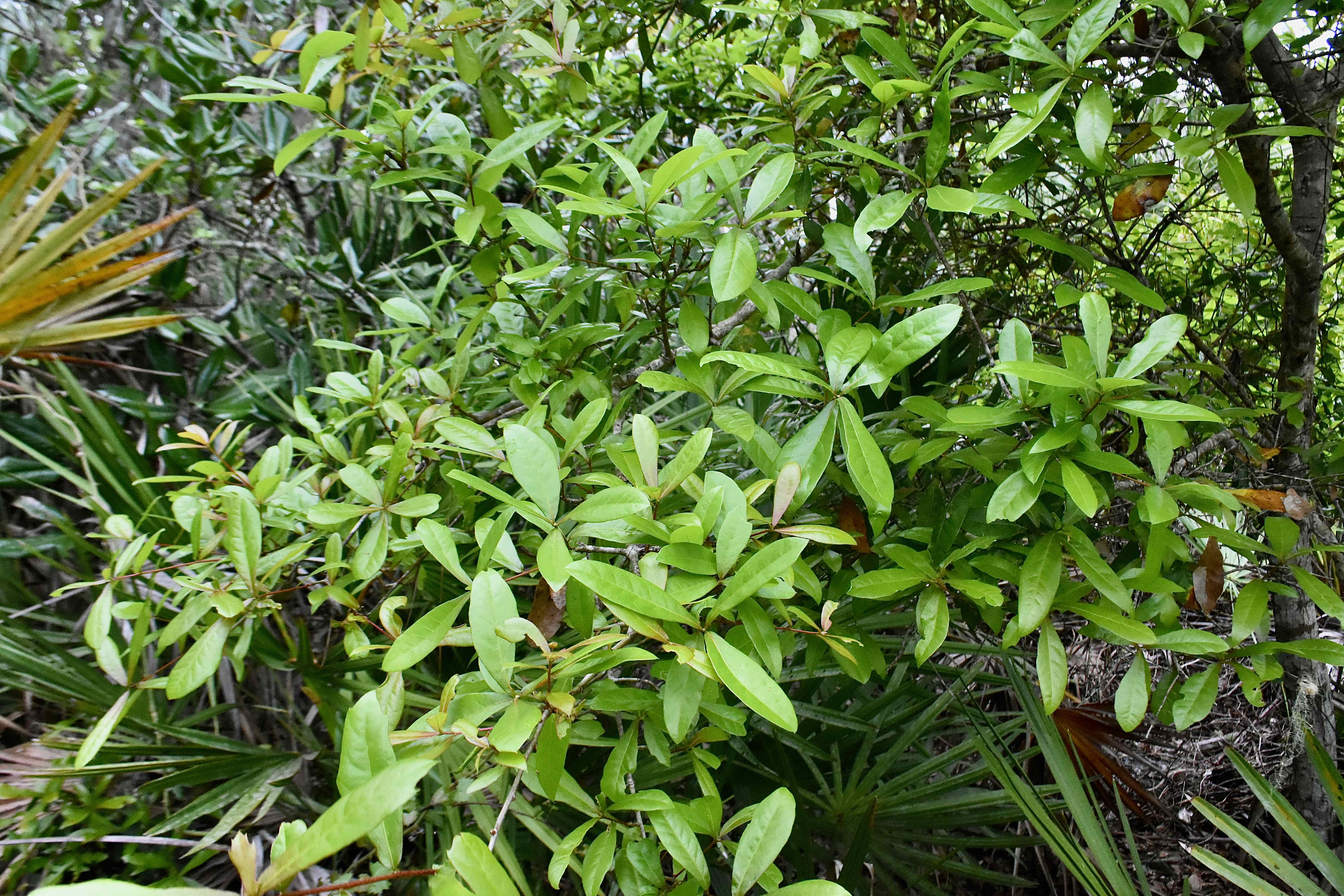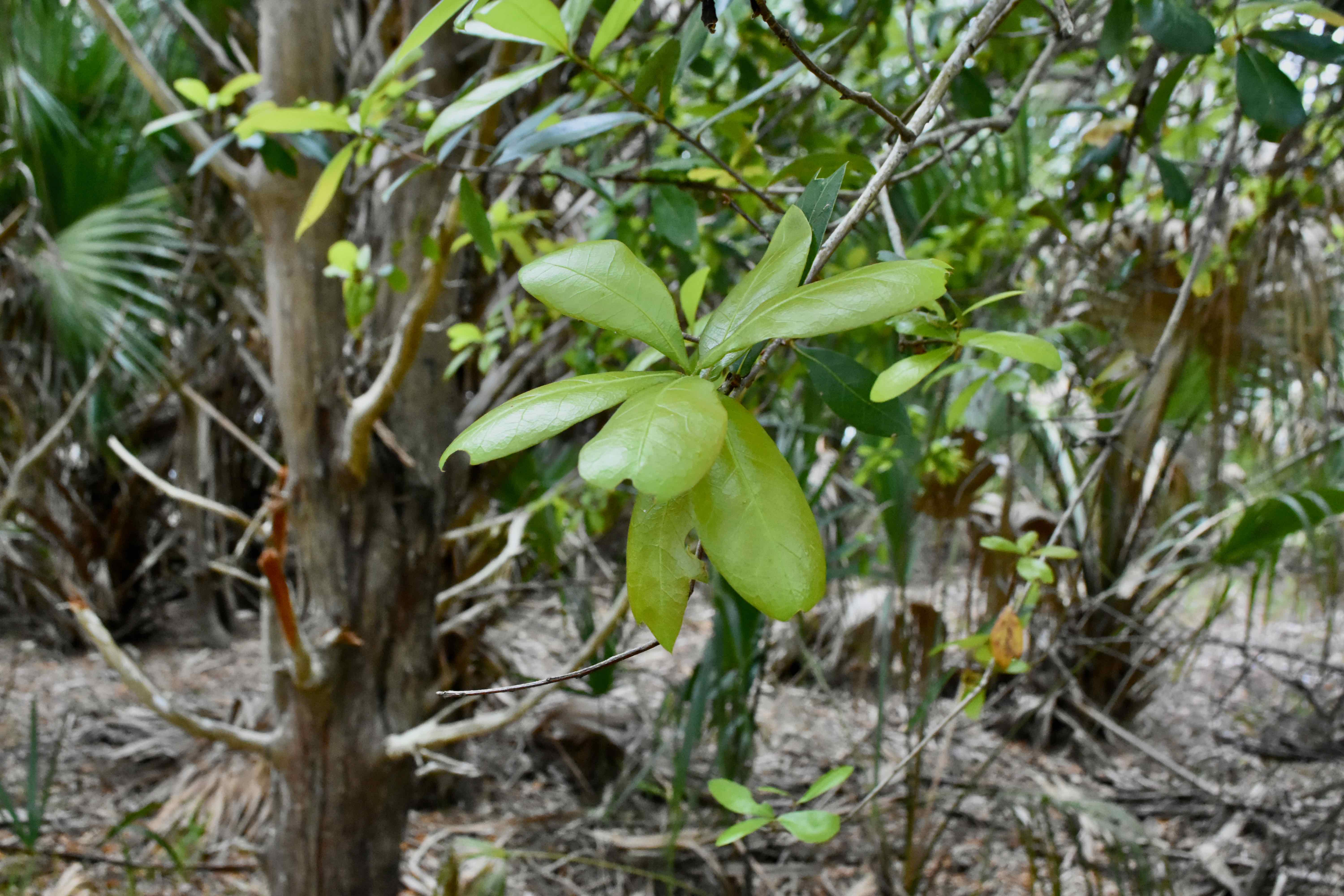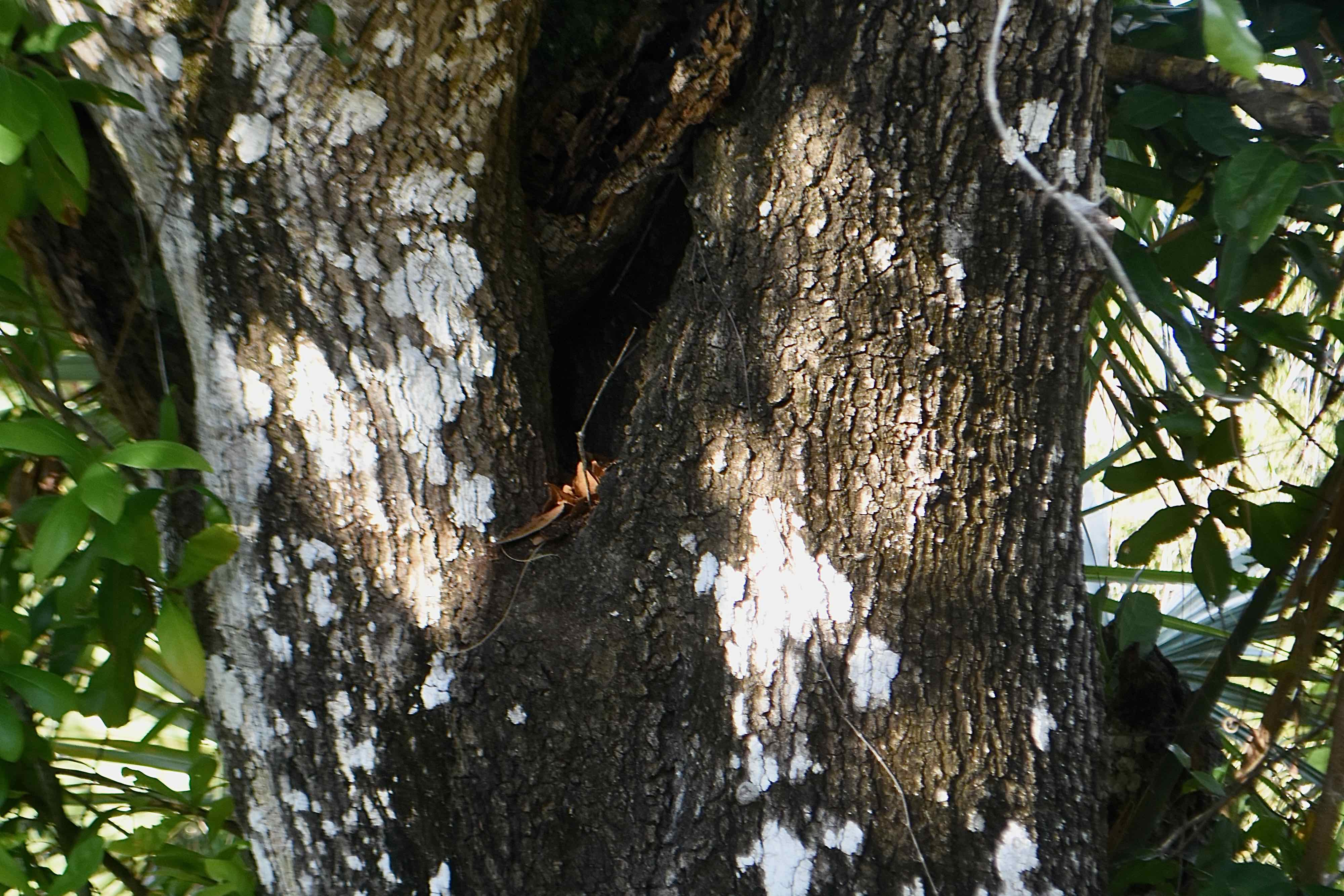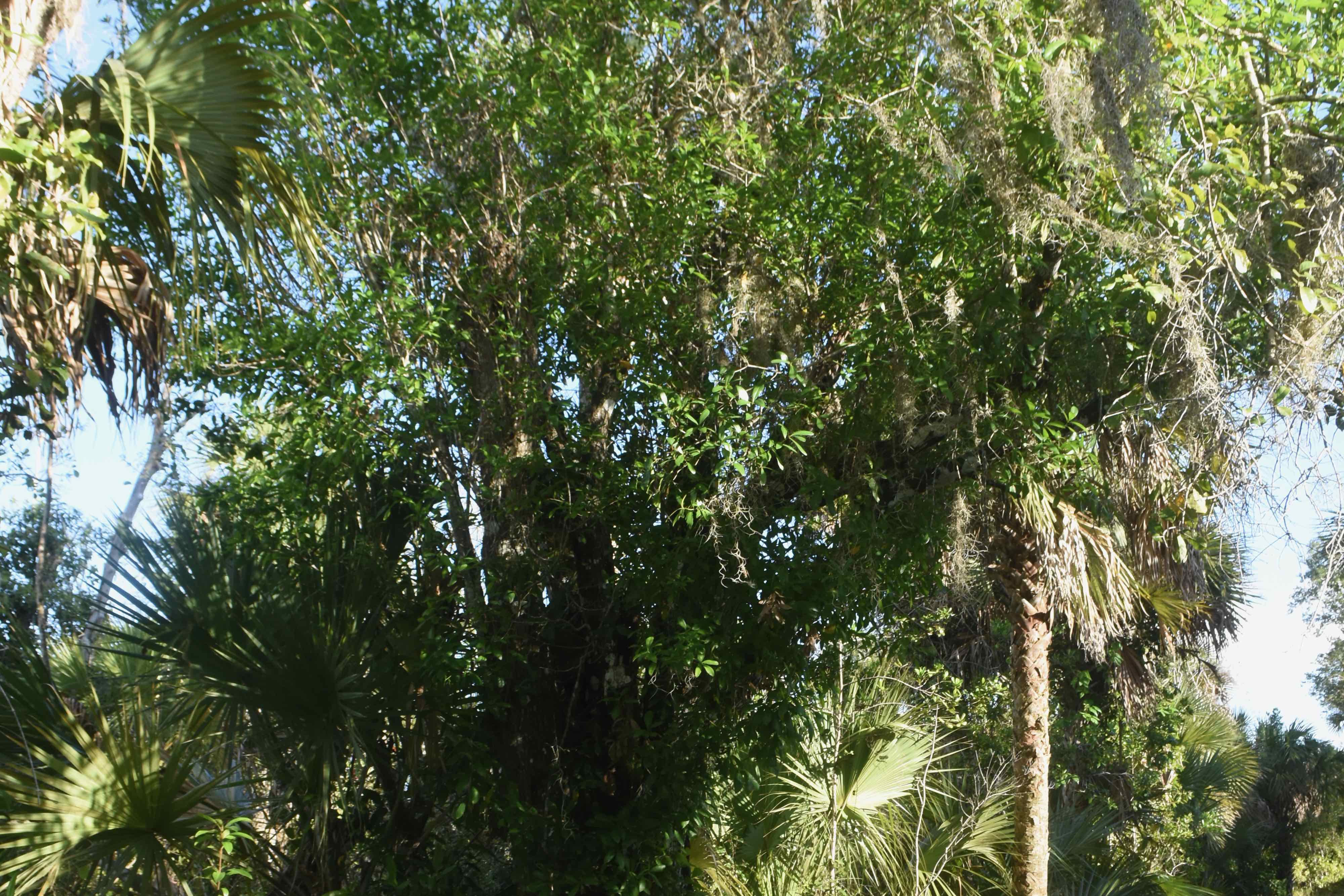
Laurel oak, photographed at Tomoka State Park, Ormond Beach, Volusia County, in March 2019.
Laurel oak, Quercus laurifolia, grows fast, dies young.
It’s a handsome tree, routinely soaring to 60 feet tall, possibly exceeding 100 given the right circumstances.
But unlike its Virginia live oak cousin, which can live for centuries, the lifespan of a laurel oak is measured in mere decades, maybe making it to 70. And when it hits middle age, it starts to deteriorate, rot setting in the trunk. The tree becomes vulnerable to high winds, a problem here in hurricane alley.
All of this makes it an iffy tree in many landscape settings. But in nature, laurel oak’s flaws become features as the tree provides food and shelter to myriad animals during its peak years, during its decline and even in death.
Laurel oak is a Florida native, found in almost every one of the state’s 67 counties, with the notable local exception of Palm Beach County. It’s also absent from the Keys. Its natural range extends throughout the southeastern United States as far west as Texas and as far north as Maryland and Pennsylvania.
It’s found in both wet and dry habitats, but some taxonomic experts want to divide it into two separates species largely based on where the tree is growing. It’s Quercus laurifolia where it grows in moist places, Quercus hemisphaerica, in dry habitats. For our purposes, we’ll stick with one species, however.
As we said, it’s a fast grower and it’s rather tall, routinely hitting 60 feet. The trunk can have a diameter of three or four feet and it can be buttressed — flared at the base for extra strength. The spread of the tree can be 35 to 45 feet.
The leaves are simple — no lobes or teeth along the edges — long and narrow, shiny on both sides and arranged alternately along the stem. In northern portions of its range, laurel oak is deciduous, meaning it drops all of it’s leaves in the fall. Here in Florida, it is semi-evergreen — it will drop its leaves at the same time it’s producing new ones. Foliage will look somewhat sparse, but the tree will remain green.
The bark is gray to black, lighter in color than that of a Virginia live oak and also less furrowed. On younger trees, the bark is smooth, developing shallow furrows as it ages. It typically has a single trunk.
Laurel oak flowers — catkins, technically —are on the plain side, both male and female on the same tree. Laurel oaks depend on wind for pollination, as expected given their less than flashy flowers. Flowering season: February and March. The fruit is an acorn, of course, green turning brown or black when ripe. A tree has to be 15 to 20 years old in order produce acorns; the acorns themselves require two years in order to mature.
Squirrels are the major dispersers of acorns, but gravity and water runoff also contribute. Deer, raccoons, turkeys, ducks and other birds also eat the acorns.
As the tree ages, the trunk and major branches will begin to hollow out from decay. Injury also makes it susceptible to rot and hollowing. For birds and small mammals, hollowing provides places of shelter, places for nests and dens. But in a lot of landscape settings, it could make the tree problematic. Careful routine pruning can minimize problems and possibly extend the life of the tree.
Other tidbits: the Choctow would boil the bark, along with that of other trees, to produce a paint. Laurel oak is not particularly useful for lumber.
Other common names: swamp laurel oak, darlington oak, diamond-leaf oak, laurel-leaf oak, water oak and obtusa oak. It is a member of Fagaceae, the family of beeches and oaks.



